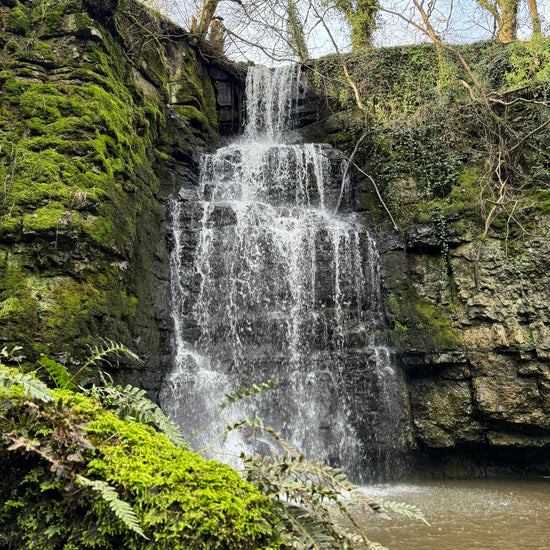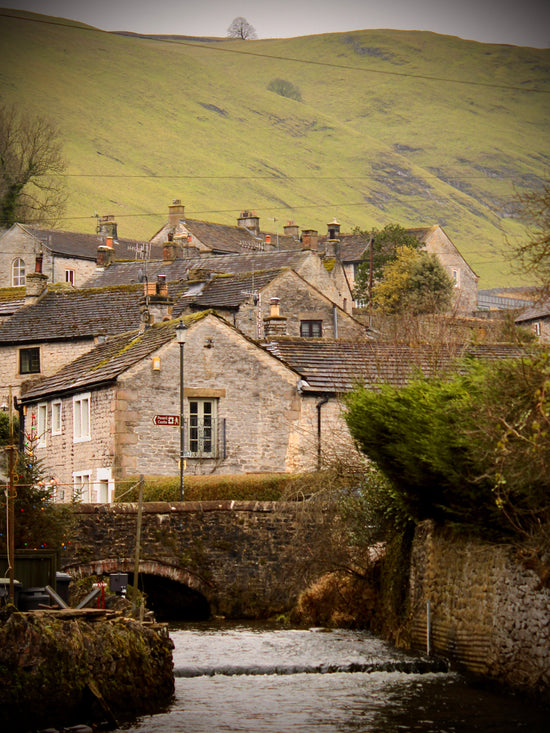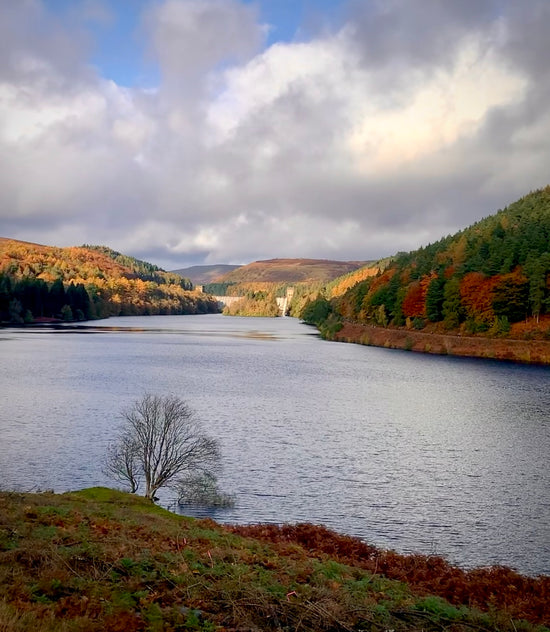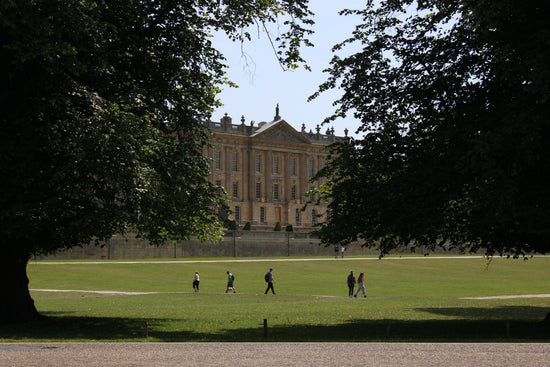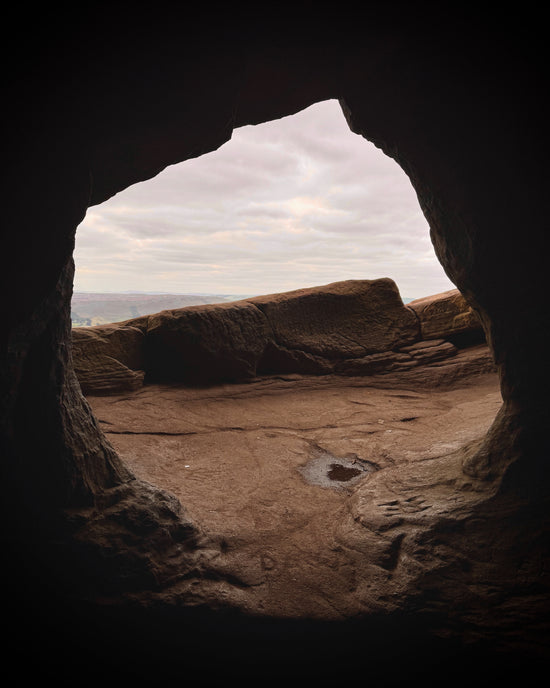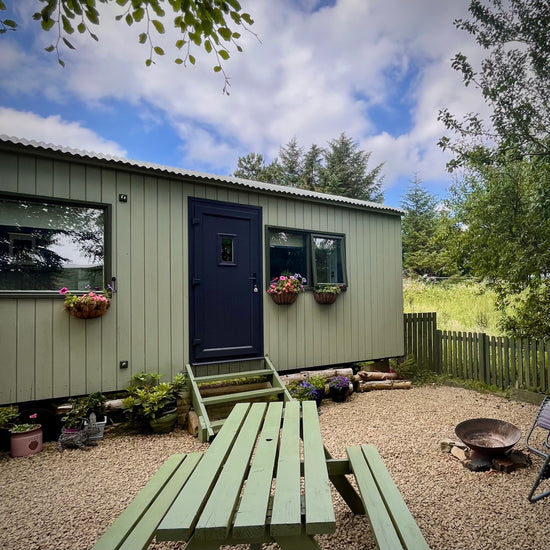A cloud inversion in the Peak District is one of nature’s most captivating sights - rolling blankets of fog fill the valleys, while the hills rise like islands in a misty sea. For photographers, early risers, and walkers, catching one feels almost otherworldly!
Here’s how to predict them, when to look, and where to go in the Peak District for your best chance of witnessing this rare and beautiful phenomenon.
What Is a Cloud Inversion?
A cloud inversion — or temperature inversion — happens when a layer of warm air sits above cooler air near the ground, trapping moisture and fog in the valleys. The result is an ethereal landscape where low-lying areas are blanketed in cloud, and the higher peaks remain clear and sunlit.
The Peak District’s unique topography, with its deep valleys and elevated ridgelines, makes it one of the best places in the UK to witness this natural wonder.

How to Predict a Cloud Inversion
Cloud inversions are not random, they form under very specific weather conditions. Understanding those conditions can help you plan the perfect morning.
1. Look for Calm, Clear Nights
Cloud inversions often follow clear, still nights. Light winds (below 5mph) and cloud-free skies allow the ground to cool quickly, forming fog in the valleys by dawn.
2. Watch for Cold Valley Temperatures
Use weather apps like Met Office, Windy, or Clear Outside to compare temperatures in valley areas (e.g. Edale, Hope Valley, Derwent Valley) with higher spots (e.g. Mam Tor, Bamford Edge). A temperature difference of several degrees suggests fog will likely form below.
3. Check for High Pressure Systems
Inversions favour stable, high-pressure conditions. These systems produce calm, settled air that allows fog to form and persist.
4. Arrive Early
The best time to view an inversion is around sunrise, before sunlight warms the fog away. Arrive at your chosen viewpoint at least 30–45 minutes before dawn.
5. Use Cloud and Fog Forecasting Tools
Websites such as Ventusky, Fog Forecast UK, and Mountain Forecast are invaluable for tracking low cloud coverage and temperature gradients.
Best Places to See a Cloud Inversion in the Peak District
The following are some of the most reliable and picturesque viewpoints for cloud inversions. Each offers a unique vantage over mist-filled valleys and landscapes transformed by fog and light.
Mam Tor
Mam Tor is arguably the most famous location in the Peak District to witness a cloud inversion. The summit overlooks Hope Valley and Edale, where fog frequently gathers on cold mornings. The short walk from the National Trust car park makes it a favourite for photographers aiming to catch the “sea of clouds” drifting through Winnats Pass and over Castleton.
Explore Mam Tor visitor information
Curbar Edge
Curbar Edge offers an outstanding panorama over the Derwent Valley. On crisp autumn mornings, a thick blanket of fog often rolls beneath the gritstone cliffs, while the high edges remain basked in early sunlight. The combination of rock formations and mist makes it a spectacular location for photography and sunrise walks alike.
Explore Curbar Edge visitor information
Bamford Edge
Bamford Edge provides one of the most dramatic inversion views in the Peak District. When fog fills the Derwent Valley, the water of Ladybower Reservoir peeks through the mist like glass islands, surrounded by glowing ridges. The viewpoint is accessible via a moderate uphill walk, perfect for sunrise visits.
Explore Bamford Edge visitor information
Chrome Hill
Known as the “Dragon’s Back,” Chrome Hill offers a remarkable perspective of fog weaving through the narrow White Peak valleys. Inversions here create a striking contrast between the sharp limestone ridges and the soft, rolling mist below. It’s a dream for photographers seeking dramatic compositions.
Explore Chrome Hill visitor information
Stanage Edge
Stanage Edge is one of the most atmospheric spots to experience a cloud inversion. Perched above Hathersage, it overlooks farmland and valleys that frequently fill with fog during still autumn mornings. The combination of gritstone edges and shifting mist creates a quintessential Peak District scene.
Explore Stanage Edge visitor information
Derwent Edge
For those seeking a quieter alternative, Derwent Edge provides a broad, open vantage point above Ladybower. When conditions align, the entire Derwent Valley becomes submerged beneath fog, leaving only the highest tors, such as the Wheel Stones, visible above the clouds.
Explore Derwent Edge visitor information
When Are Cloud Inversions Most Common?
The best months to witness a cloud inversion in the Peak District are October through February, when cold, still mornings are more frequent.
If the previous day has been bright and calm, and overnight temperatures are forecast to drop sharply, conditions are ideal. Keep an eye on valley fog forecasts and prepare for an early start, inversions typically dissipate within an hour or two after sunrise.

Photography & Safety Tips
- Arrive early: Conditions can change rapidly before dawn.
- Use a head torch: Many paths are dark and uneven before sunrise.
- Bring a telephoto lens: Perfect for layering hills and fog in your composition.
- Check your footing: Rocks and paths can be slippery when damp.
- Dress warmly: It’s often colder above the cloud line than below it.
A cloud inversion in the Peak District is one of those rare and unforgettable moments that remind you of nature’s quiet magic. Standing above the clouds as sunlight spills across the misty valleys is an experience that feels almost unreal.
With a little preparation, the right weather conditions, and an early alarm, you can witness one of the Peak District’s most spectacular natural displays — and capture the landscape in its most ethereal form.


